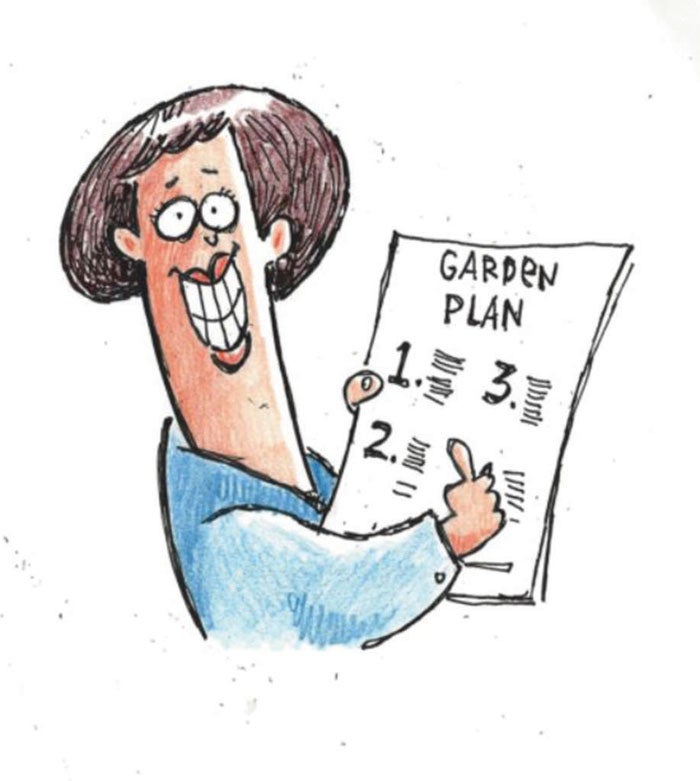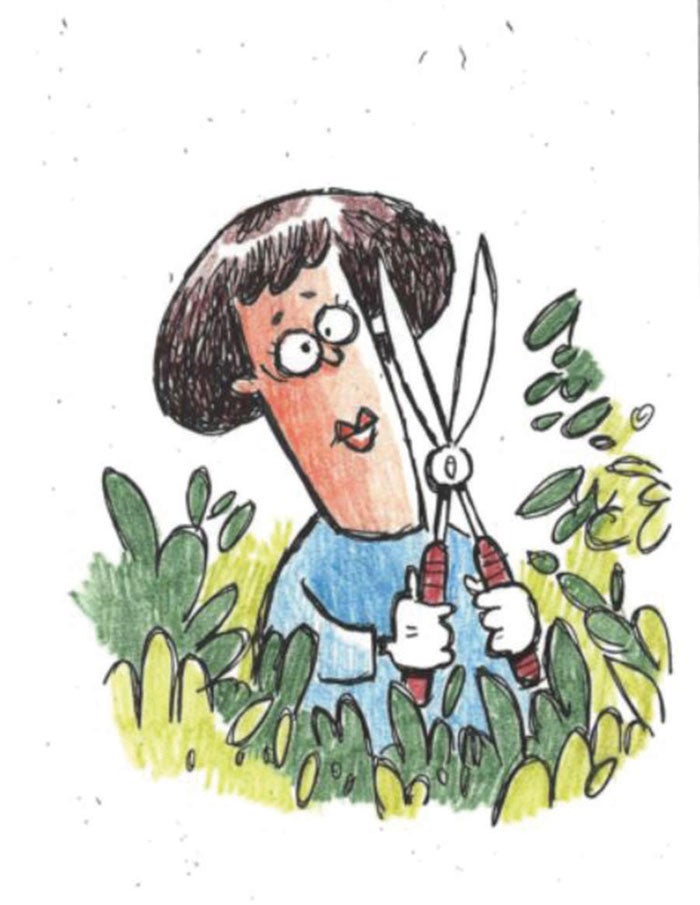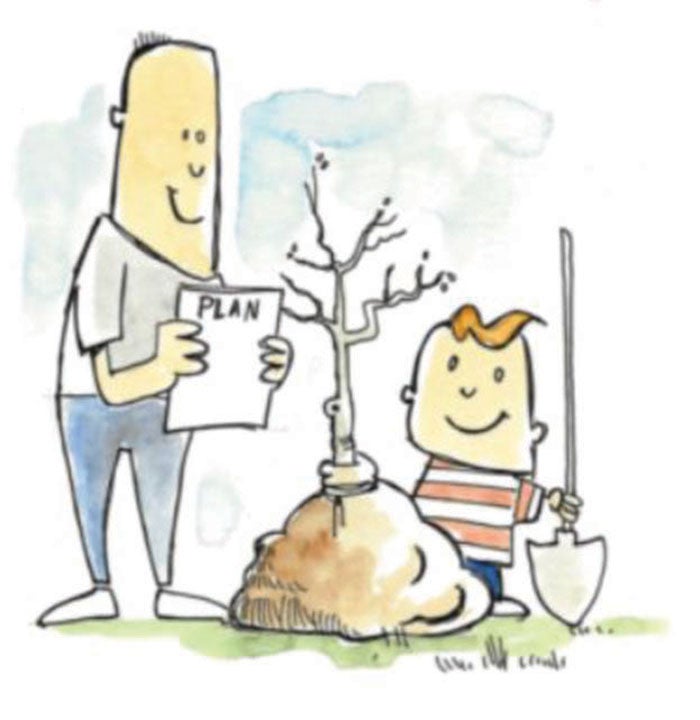Darrell Blackwelder: Gardening 101 for 2019
Published 12:00 am Friday, January 11, 2019
It’s 2019 and our annual gesture of self-improvement and moderation is always a test, especially for gardeners. Some fail quickly during the year, especially with goals which are not easily obtained. However, here are a few resolutions for home gardeners that are easy obtainable goals.
Develop a plan — Impulse buying and planting without a viable plan can be nightmare later as the landscape matures. Overgrown plants, improperly spaced plant material, diseased or non-adapted plant material are typical problems associated with impulse planting.
Solicit the help of reputable and qualified nurserymen, Extension Master Gardener, landscaper or Cooperative Extension agent before planting if you have doubts.
Don’t guess, soil test — Soil testing is the most often overlooked service that saves time, money and the environment. With a fertilizer price increase, this is a no-brainer. Most homeowners guess fertilizer and lime rates for lawns, shrubs and vegetable gardens.
Soil sampling is provided by the North Carolina Department of Agriculture and the kits are available at the Agriculture Center on Old Concord Road in Salisbury. Soil samples are shipped or mailed to NCDA in Raleigh by the gardener for a nominal postage fee.
Try different varieties — Many vegetable and flower gardeners plant the same varieties each season. While it makes sense to “stick with a winner,” there are new varieties of vegetables and flowers that warrant a homeowner trial. All-America Selections have been extensively tested and are good choices, whether a vegetable, fruit or flower selection.
Label new varieties and make notes about growth, development and other pertinent characteristics during the growing season. These notes will be instrumental in the selection of next season’s crop.
Maintain equipment — Take time this winter to maintain power equipment with an oil change or tune-up if needed. Sharpen lawn mower blades. Sharp blades reduce engine wear, improve the turf’s appearance and reduce the incidence of disease. Sharpen or replace pruner blades. Replace all seals and gaskets in hand-pump sprayers now so you will be ready when the pests of spring arrive.
Watch the calendar — Label the calendar for gardening chores that must be done and follow it. The window of opportunity for many gardening activities is quite narrow and must be followed to have a successful growing season. Keep this calendar handy for quick reference.
Carry out an IPM program — Integrated Pest Management: Scout for insects and diseases on a routine basis. Try to live with the problem and if you can’t, use pesticides only when needed.
Prune correctly — Many homeowners prune fruit trees, vines and shrubs because “it’s the season to prune” or in most cases they are just bored and want something to do outdoors. Learn pruning basics.
For example, apple trees are pruned to a central leader and peach trees are pruned to an open vase shape. Correct pruning techniques increase yields, produce better quality fruit and reduce pesticide sprays. Correctly pruned shrubs produce more flowers and berries. Judicious pruning is mandatory for quality fruits and healthy shrubs.
Be patient — Probably the most difficult of all tasks. Plant growth and development takes time and can be a test of our patience. Instant gratification in horticulture is very rare.







